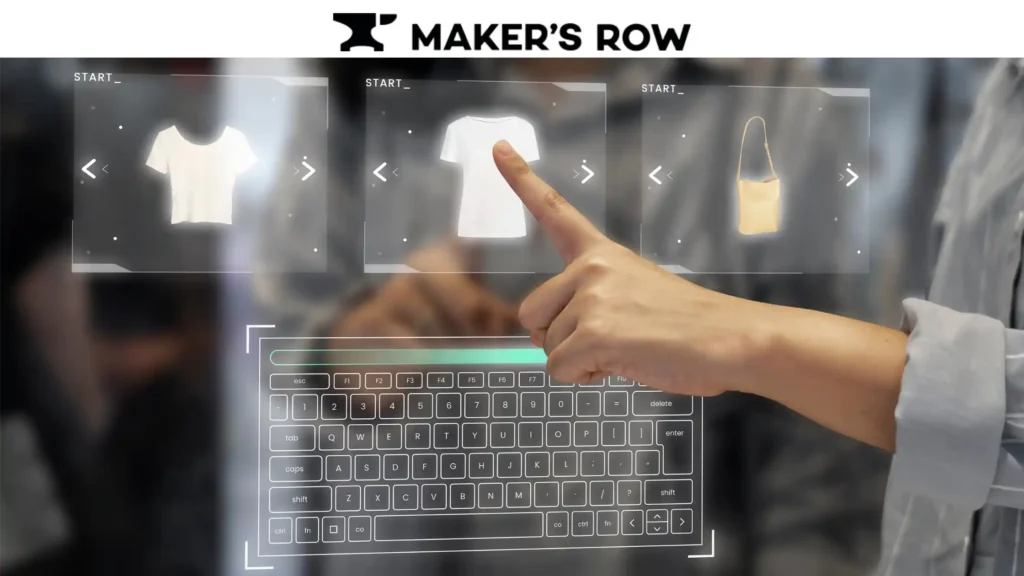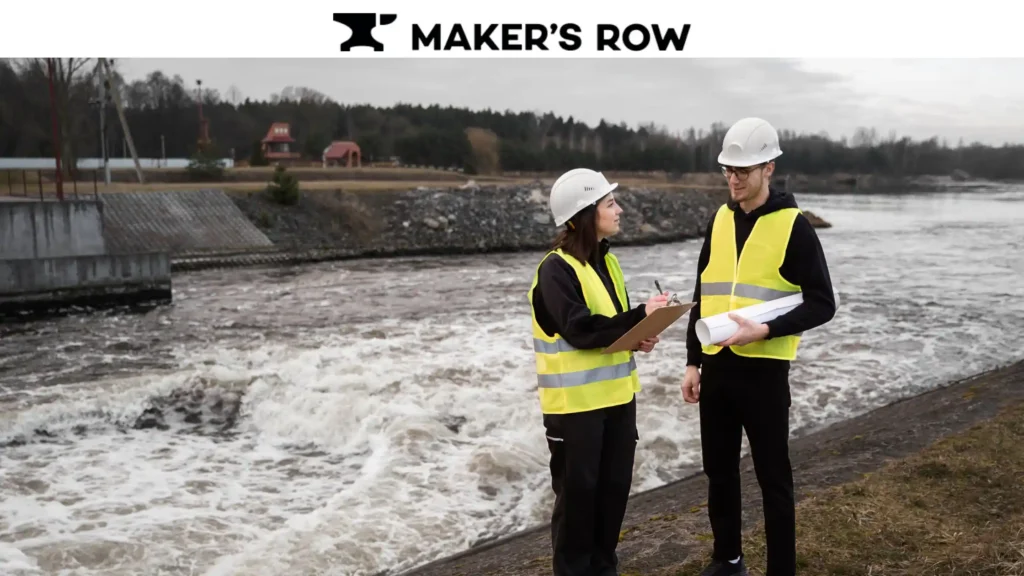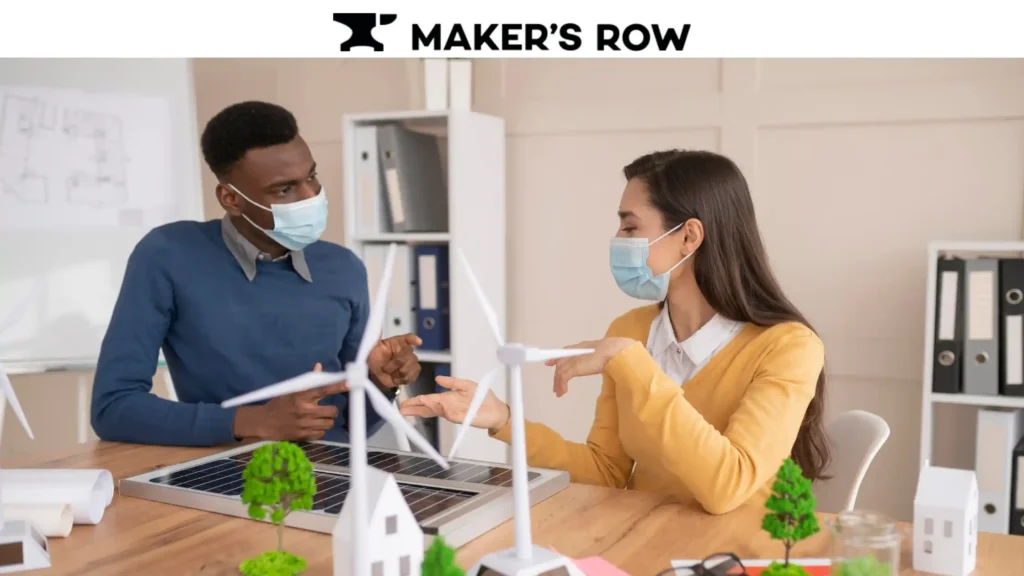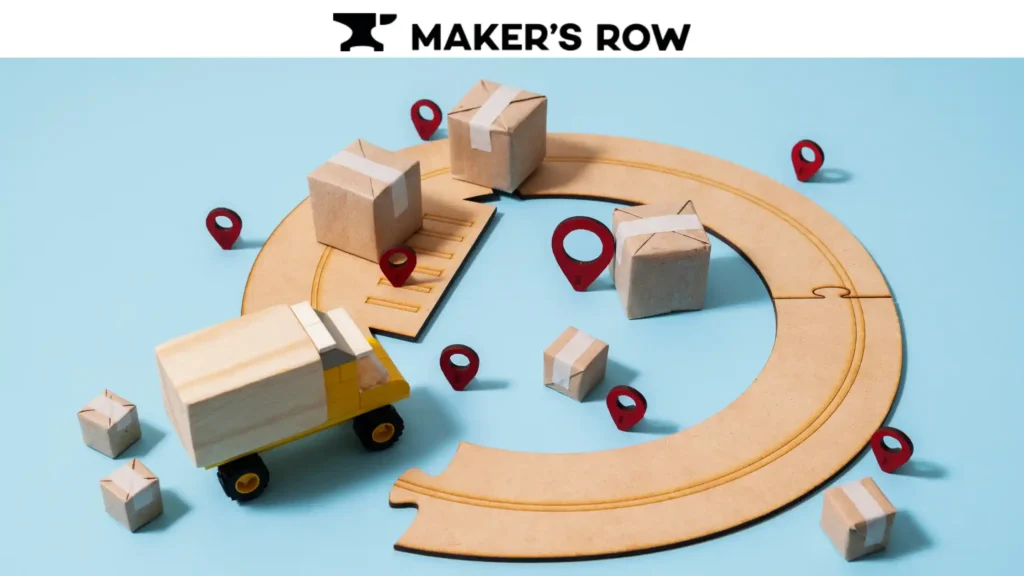The tremendous transformation that the clothing industry is witnessing relates to the sustainable fashion manufacturing practices being adopted by the apparel factories and high technologies integrated into them. The new trends of 2025 are transforming the face of clothing production, announcing a changeover in the history of this industry towards an environmentalist and ethical approach. This paper further explains how modern clothing factories contribute to sustainable fashion manufacturing.
Development of Sustainable Fashion Production in the Apparel Industry

The apparel manufacturing industry has seen phenomenal changes in the last few years, and 2025 would be counted as one of the most impactful in the cause of sustainability. Inroads are now being carved into old production methods to bring modern technology into some green processes that minimise the environmental impact with maximum efficiency. This changes everything when the fashion world treats manufacturing.
SIGN UP NOW AND BOOK A FREE DEMO!!
Once merely a buzzword in the marketing jungle, sustainability has become the very heart of operations for the factories, changing the very tectonic plates that characterise production. It has been driven forward by more cognisant consumerism and tighter environmental legislation, but also by self-interest in drastically reducing the ecological footprint of fashion itself.
Key sustainability steps are:
- It’s called zero-waste cutting-technologies.
- Water recycling and treatment systems.
- Integration of renewable energy into manufacturing
- Advanced material recycling technology
- Chemical-free dyeing techniques
- Smarter resource management systems
Digitalisation Transformation in Apparel Production

The most important influence on how apparel factories work in 2025 has been digital technologies. These have developed through putting into operation unprecedented levels of new controls and efficiency in production processes, waste reduction, and natural resource consumption.
Revolutionary digital features:
Smart Production Systems
- Cutting and assembling with AI-based: – Advanced robotic systems that, with artificial intelligence, can cut fabric accurately and assemble garments with minimal leftover materials but change if the types of fabrics used or patterns are changed. Since robotic systems run 24/7, human mistakes and material loss are minimized as much as possible.
- Optimisation of digital pattern– This software analyzes and adjusts the patterns of the garment to ensure fit accuracy and maximise fabric usage by utilising advanced algorithms that can generate the most efficient layout possible. Fabric waste is reduced up to 15% for each production run, and sizing is consistent.
- Quality control automation– Computer vision and AI-powered systems, which inspect garments instantly for defects, color consistency proper assembly over manual inspection with faster and more accurate automated checking. They may even find defects whose slightest occurrence human inspectors could easily miss.
- Monitor current production– Real-time tracking systems that can provide immediate visibility to production status, throughput, and potential bottlenecks that management can adjust in real time for maximum workflow optimization. Such constant monitoring brings production to target along with the standard quality controls.
- Connected Manufacturing: This intelligent network of machines and systems will communicate to coordinate the production activities and will automatically adjust to any changes brought about in demand or specifications. With such scenarios, production can always continue at all stages
- Internet-of-Things-capable devices- Manufacturing equipment with built-in sensors and internet for collection and transmission and real-time information for performance and maintenance at the production level for proactive maintenance and optimal operational adjustments.
- Digital Twin Technology- Virtual Models of physical lines of production, such as models that simulate real-time production operations thus enabling manufacturers to make changes and improvements within a totally risk-free environment without interrupting real production
- Predictive maintenance systems- These advanced monitoring systems employ machine learning, predicting equipment failure, and therefore preventing any sudden breakdowns and optimizing utilization of maintenance cycles. Therefore, these systems operate based on analyzing the performance data to solve possible potential problems in the future.
- Cloud management platforms- All types of production management from resource planning to quality control are available online through every internet connection: centralized digital systems of all kinds. It is therefore a facility that offers real-time insights and runs the entirety of any production facility remotely.
Leader Sustainable Manufacturing Innovations

Modern apparel factories are employing several innovative technologies and processes to become sustainable. These innovations are changing the way traditional manufacturing is done and creating new standards for the industry.
Round Production Systems
This philosophy approach marks a new production manufacturing system and it is the circular production system. Factories design processes nowadays in terms of eliminating waste and maximizing resource use through innovative approaches.
Major Round Movements:
- Closed-loop water systems
- Material recovery programs
- Waste-to-resource conversion
- Upcycling production waste
- Bio-based material processing
- Energy Recovery Systems
Advanced Material Technologies
2025 has witnessed significant breakthroughs in processing and developing environmentally friendly materials. Factories now feature:
New materials:
- Recycled Fiber Processing Plants
- Bio-material design laboratories
- Smart Material Track Systems
- Alternative material testing facilities
- Nano-fibers manufacturing plant
- Green Finishing Processes
Water Conservation and Management

Water in garment production has, therefore, undergone much of a revolution with innovations in technology and process. Today’s factories seem to introduce high-tech systems which cut fresh consumption drastically while increasing efficiency.
Advanced water management features:
Conservation Technology
- Waterless dyeing systems
- Further filtration techniques
- Water recycling plants
- Telemetric measurement system
Process Improvements
- Appropriate cleaning techniques
- Condensation recovery
- Water purification
- Zero-liquid discharge systems
Energy Efficiency and Renewable Integration

In 2025, the apparel factories are coming at the forefront in regard to new alternatives of energy-efficient manufacturing and renewable energy. Technology and operational change involve themselves.
Energy innovation areas:
- Solar panel inclusion
- Smart Energy Management
- Heat recovery systems
- LED lighting systems.
- Energy-saving appliances
- Biomass use
SIGN UP NOW AND BOOK A FREE DEMO!!
Worker welfare and social sustainability
Modern green manufacturing is far more than mere environmental considerations to embrace altogether employee welfare programs. Advanced systems are being installed in most factories for a safe, fair, and empowering workplace.
Worker initiatives:
Safety and Health
- High ventilation systems
- Ergonomic workstations
- Regular health monitoring
- Smart Safety Devices
Skills Development
- Digital training programmes
- Career Development Paths
- Technology skills workshop
- Leadership Development
Supply Chain Transparency

The apparels factories have leveraged 2025 high technology levels to achieve total transparency and traceability on the supply chain.
Transparency measures:
- Blockchain tracking systems
- Digital product passports
- Real-time monitoring
- Supplier verification platforms
- Consumer disclosure tools
- Monitoring environmental effects
Prospective Future and Innovation

Apparel will be developed through sustainable production that will follow next-generation technology that is emerging and novel approaches. Factories are investing in the next-generation solutions, which will take the industry one step forward.
Current Trends: New Technologies
- AI-derived optimisation
- Robotics deployment
- 3D printing applications
- Intelligent Factory Systems Sustainability Initiatives
- Carbon-negative operations Packaging that’s biodegradable
- Embeds circular economy
- Zero-waste manufacturing
About Maker’s Row
In the year 2025, most brands shall adopt a more sustainable approach towards fashion thanks to Maker’s Row, which bridges the gap between ethical manufacturers based in the U.S. and the brands. The platform assists with locating particular partners, who specialise in such production methods as zero waste cutting, use of renewable energy, and eco-friendly materials. Maker’s Row provides a network of proven factories and enables brands to do what is practical in terms of environmental impact, which reduces their clothing manufacturing costs regardless of what size they are and how many garments they produce.
SIGN UP NOW AND BOOK A FREE DEMO!!
Conclusion
This is the biggest turning point in revolutionising sustainable fashion manufacturing for the apparel industry. The future of fashion production turns out to be more sustainable, efficient, and responsible, with factories continuing to innovate and adopt fresh technologies. Changes in 2025 for fashion manufacturing are not just changing the way clothes are made but building a new set of standards for environmental responsibility and responsible manufacture in the world of fashion around the globe.
Read more blogs here: